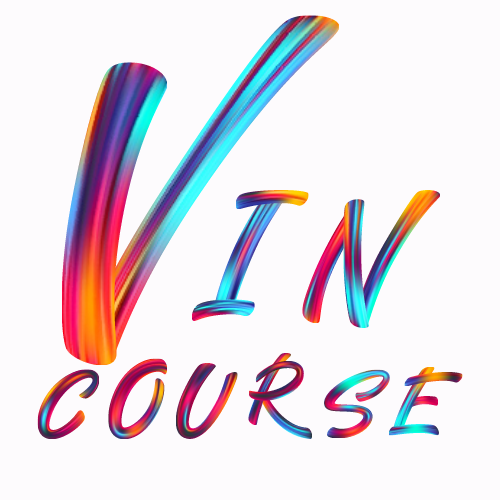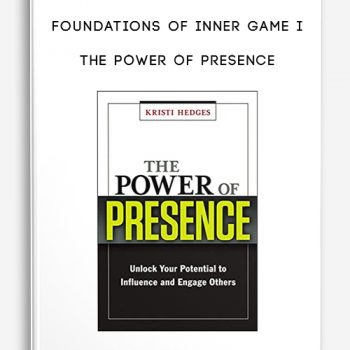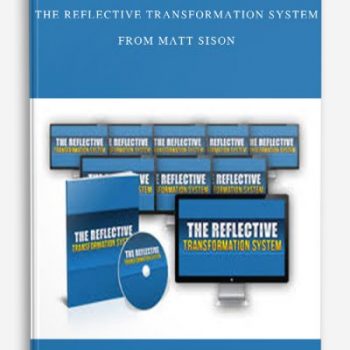 Executive Function Disorder in Children and Adolescents from Kathy Morris
Executive Function Disorder in Children and Adolescents from Kathy Morris
More information about Medical:
Medicine is the science and practice of establishing the diagnosis, prognosis, treatment, and prevention of disease.
Medicine encompasses a variety of health care practices evolved to maintain and restore health by the prevention and treatment of illness.
Contemporary medicine applies biomedical sciences, biomedical research, genetics, and medical technology to diagnose, treat, and prevent injury and disease,
typically through pharmaceuticals or surgery, but also through therapies as diverse as psychotherapy, external splints and traction, medical devices, biologics, and ionizing radiation, amongst others.
Medicine has been around for thousands of years, during most of which it was an art (an area of skill and knowledge) frequently having connections to the religious and
philosophical beliefs of local culture. For example, a medicine man would apply herbs and say prayers for healing, or an ancient philosopher and physician would apply bloodletting according to the theories of humorism.
In recent centuries, since the advent of modern science, most medicine has become a combination of art and science (both basic and applied, under the umbrella of medical science).
While stitching technique for sutures is an art learned through practice, the knowledge of what happens at the cellular and molecular level in the tissues being stitched arises through science.
Outline:
Executive Functioning
- Neuroanatomy of the brain
- Mirror neurons
- Sensory issues vs. behavior issues
- Address communication breakdowns before they become social skills deficits resulting in behavior difficulties
Unlock Challenging Behavior in:
- Autism Spectrum Disorder
- Attention Deficit disorders
- Anxiety disorders
- Attachment disorders
- Obsessive compulsive disorders
- Mood disturbances
- Behavior disorders
- Learning disabilities
Self-Regulation Strategies
- Methods to chart appropriate/inappropriate behaviors
- Activities to review situations, options, consequences, choices, strategies, simulation when calm
- Facilitate systematic feedback
- Identify emotions, level of emotions and suggestions for self-regulation
Metacognitive Strategies
- Methods that provide structure, predictability and routines
- Systems to provide expectations
- Neutral visual ques
- Tips to break down workloads and schedules
Integrate Metacognitive and Self-Regulation Strategies
- Visual ques to alert of change, surprises and transitions
- Generate new and novel language for persons under stress but have extensive rote memories
- Video modeling scenarios for persons who have social malfunctions
- Ways to use high interest areas to motivate and problem-solve
- Prompts for acceptable behaviors/social skills
- Social narratives for expected behaviors and what they look like
Hands-On Activities and Video Demonstration of:
- Meltdowns
- Power cards
- Keychain rules
- Backward Planning
- Using a launch pad for materials
- Simulation of over-arousal and over-stimulation
- Cartooning
Description:
Walk away with visual strategies and hands-on techniques that:
- Support self-management in regulating behavior, focus and energy
- Improve motivation, recall, organization and planning
- Increase communication skills and develop appropriate social skills
- Support the way information is received and retained in long-term memory
Do you work with children and adolescents who struggle paying attention, are severely disorganized, have difficulty making transitions and are unable to make plans? They repeatedly act out and meltdown—seemingly unaware of the consequences of their behavior. They frequently get placed in timeout or sent to the principal’s office—missing out on typical childhood experiences in school, on the playground and with their families. These children have Executive Functioning (EF) deficits.
The good news is that EF can be taught!
Watch this intensive workshop and learn to strengthen the neuro connections in children and apply evidence-based metacognitive and self-regulation visual strategies and hands-on techniques to improve:
- Working Memory
- Inhibitory Control
- Adaptability
- Mental Flexibility
- Goal Setting
- Planning/Strategizing
- Sequencing
- Organization
- Time Management
- Task Initiation
- Executive Attention
- Task Persistence
- Emotional Control
- Social skills
- Communication
Through video case studies, visual demonstrations of strategies and dynamic discussions, you will learn how to implement these strategies tomorrow morning at school, during therapy or counseling, home and community.













tristian –
This is Digital Download service, the course is available at Coursecui.com and Email download delivery.